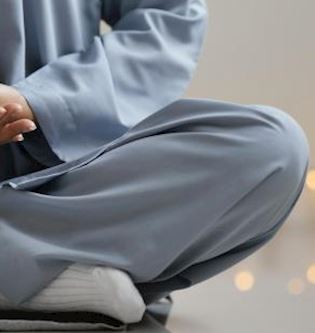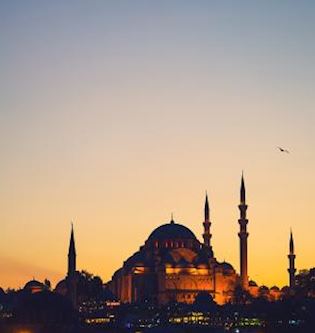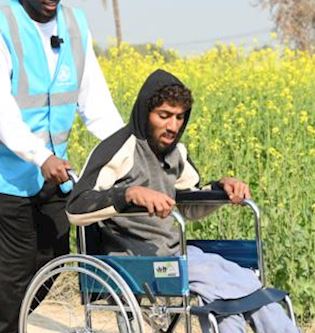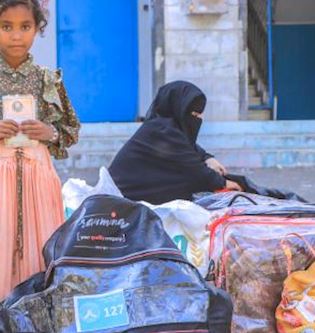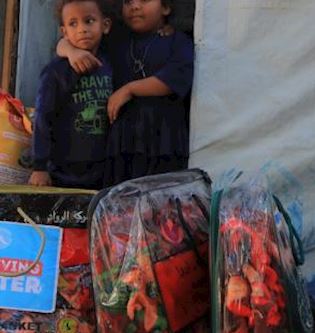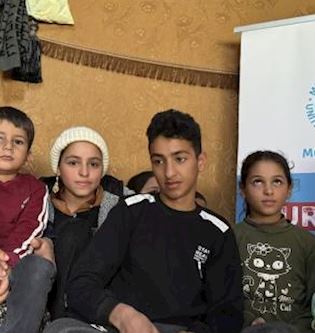The third day 10th Day of Dhul Hijjah & Eid al-Adha :step by step Rules and Rituals of Hajj
What is the day of the 10th of Dhul Hijjah called?
The 10th of Dhul Hijjah is also called the Yawm al-Nahr, or the Day of Sacrifice (Qurbani). The first ten days of Dhul Hijjah are the appointed days, considered the most virtuous days of the year in Islam. Ibn Abbas reported the significance of these days, emphasizing the importance of performing righteous deeds. Allah frees more people from hellfire during these days than at any other day. Dhul Hijjah is the 12th month of the Islamic lunar calendar.
What do pilgrims do on the 10th of Dhul Hijjah?
After performing Fajr Salah on the 10 of Dhul Hijjah you will depart Muzdalifah and go back towards Mina while continuously reciting the Talbiyah. Performing Hajj involves several key rituals, including Tawaf al-Ifadah. Hajj is the holy pilgrimage that Muslims go to once a year.
On this day, Pilgrims perform the Hadyor Qurbani (sacrificial animal) and also commence the first of three days ‘stoning of the devil’s rite or Rami. Muslims around the world also offer Qurbani during this time and begin the four-day festival of Eid al-Adha, emphasizing the significance of performing Hajj and its associated rituals.
What is Rami?
Rami is the stoning of the Jamarat [pillars]- also referred to as the ‘stoning of the devil’. It is a key Hajj rituals pilgrims whereby pebbles are thrown at three stone structures in Mina across the days of Dhul Hijjah- 10, 11, and 12th- which are also the three days of Eid al Adha.
What is Hady?
Hady - refers to the act of sacrificing animals during the days of Dhul Hijjah- or Hajj/Umrah. This act commemorates the willingness of Prophet Ibrahim (AS) to sacrifice his son in obedience to Allah's command.
Why is Qurbani/Hady part of Hajj?
Because Allah(swt) says in the Quran:
“And when you are safe, then, whoever avails the advantage of the ‘Umrah along with the Hajj shall make an offering of whatever animal is available. However, anyone who finds none shall fast for three days during Hajj, and for seven days when you return; thus they are ten in all. This is for him whose family folk are not residents of Al-Masjid-ul-Harām.”
[Qur’an | 2:196]
Performing Hajj is a significant act of worship that includes the ritual of Qurbani, symbolizing submission to Allah.
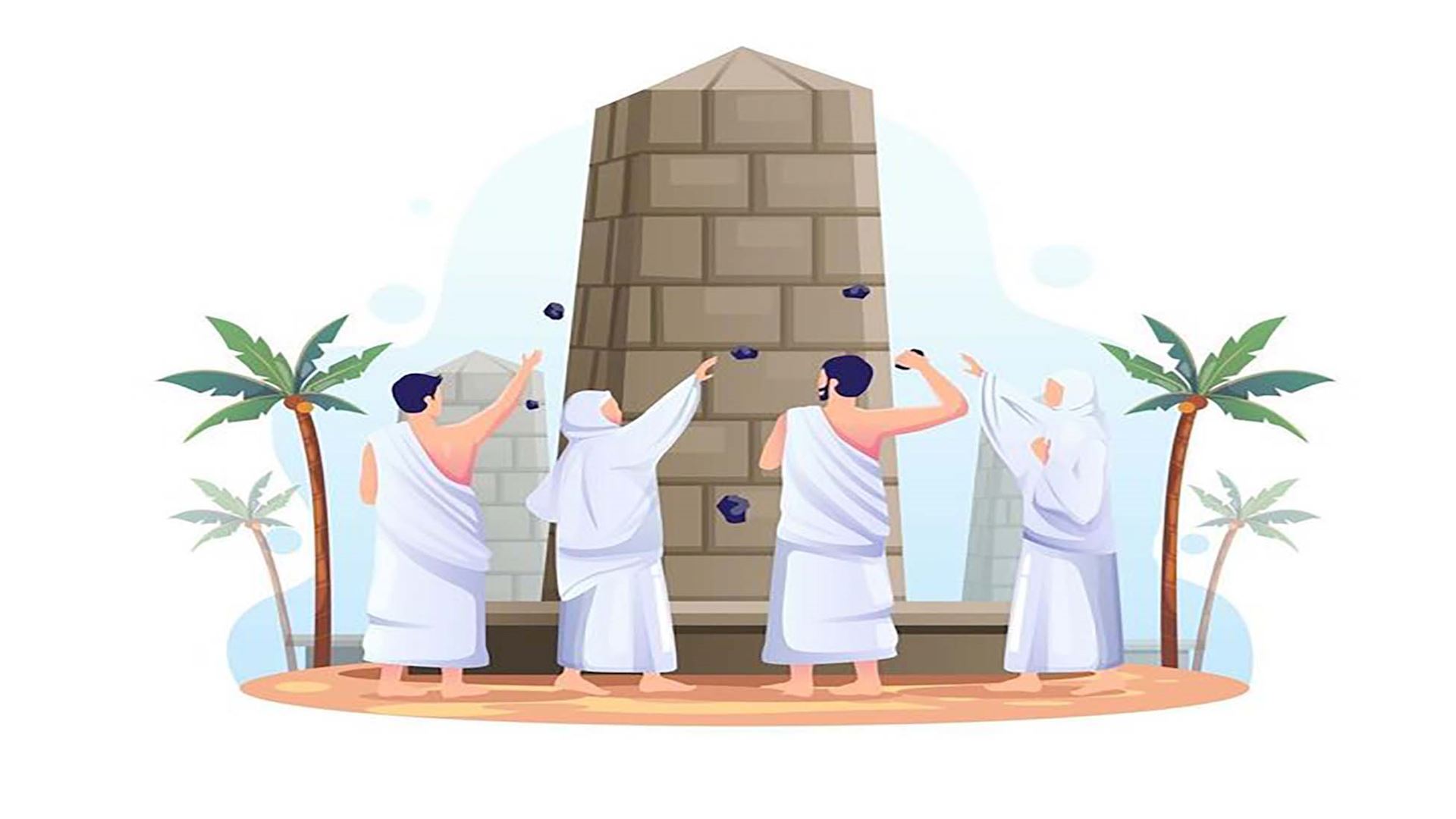
What is the Origin Of Rami (The Stoning Of The Devil)?
The act of throwing stones at the Jamarat is known as Rami is an essential part of Hajj The ritual of Rami is symbolic of the actions of Ibrahim(AS) when he was faced with the trial of having to sacrifice his son, Isma’il (AS) upon the commandment of Allah (SWT).
On the way to carry out the commandment, Iblis (Satan) repeatedly tried to tempt Ibrahim(as) into disobeying Allah(swt). As Ibrahim(as) reached Jamarat al-Aqaba, Allah(swt) ordered Angel Jibreel(AS) to instruct Ibrahim(AS) to throw seven stones at Iblis. He obliged, and Iblis fled immediately. The three Jamarat indicate the three places where Iblis tried to dissuade Ibrahim(AS) from obeying the command of Allah. However, the pillars do not contain Iblis, as many people are wrongly led to believe. But are merely reminders to actively dissuade shaitan in our lives as much as possible.
How To Perform The Rami (The Stoning Of The Devil)
The time of throwing pebbles extends until the Fajr Prayer of Dhul-Hijjah 11.
When throwing the pebbles, make sure that they fall in the basin of the Jamrah. The pillar of the Jamrah is merely a sign indicating the throwing place. So hitting the pillar is not required. A pebble hitting the pillar and not falling into the basin is not counted. It is recommended to say “Bismillah, Allahu Akbar” when throwing each pebble.
Note the Following
Cease reciting Talbiyah when you start throwing pebbles. From now on repeat the Takbir of `Eid:
اللَّهُ أَكْبَرُ اللَّهُ أَكْبَرُ لَا إلَهَ إلَّا اللَّهُ وَاَللَّهُ أَكْبَرُ اللَّهُ أَكْبَرُ وَلِلَّهِ الْحَمْد
Allahu Akbar, Allahu Akba, La ilaha illa Allah
Wallahu Akbar, Allahu Akbar, wa lillahi al-hamd.
Allah is the Greatest, Allah is the Greatest, there is no god but Allah. And Allah is the Greatest, Allah is the Greatest, and to Him belongs all praise.
Take extra pebbles with you, you may hit the basin One or more more times.
What time is throwing the stones allowed?
The first day of throwing stones can be performed between the time of Fajr salah on the 10th and the time of Fajr salah on the 11th. Remember you are only doing Rami for Jamarah al Aqaba.
But for the sake of convenience, and to allow everyone to get a chance to throw stones these are some timings to be mindful of:
-
Before Fajr salah on 10th Dhul Hijjah – Not allowed to pelt.
-
Between Fajr salah and sunrise – Disliked (Makruh) for men*, but still valid and permissible for women, and the elderly.
-
Sunrise to midday (10 minutes before the beginning of Dhuhr salah) – sunnah. Try to perform Rami at this time, provided it isn’t too crowded.
-
Between midday and sunset – Permissible (Mubah) without being disliked.
-
Between sunset and Fajr salah (of the 11th) – Disliked (Makruh) for men*, but still valid and permissible for women, and the elderly.
*It will not be disliked (Makruh) for a man who is a Mahram to perform Rami with a woman who is pelting at this time.
Take extra pebbles with you, you may hit outside of the basin one or more times and thus will need more stones.
What are the three Jamarahs called?
The three jamarahs are called:
-
Jamarah al Aqaba,
-
Jamarah al-Wusta (the medium or middle pillar).
-
Jamarah al-Ula or al-Sughra (the small pillar).
What are some things to avoid doing at Rami?
- Never rush yourself at Rami- remember Allah and be mindful of fellow pilgrims at all times.
- Never take luggage with you. Tragic stampede accidents occurred in the past years because luggage blocked the way.
- Try to choose suitable times with your group, don't go alone or without telling others.
- Never try to throw pebbles when the place is crowded- as you might cause injury to others.
- Take care of your money and important documents when going to throw pebbles make sure they are secure and safe. Unfortunately, some thieves do not care for the sacredness of the place and time of Hajj and exploit such big gatherings to rob the pilgrims.
- If you lose your shoe, never bend down to take it. This could put you at a serious risk of being trampled if the crowd suddenly moves.
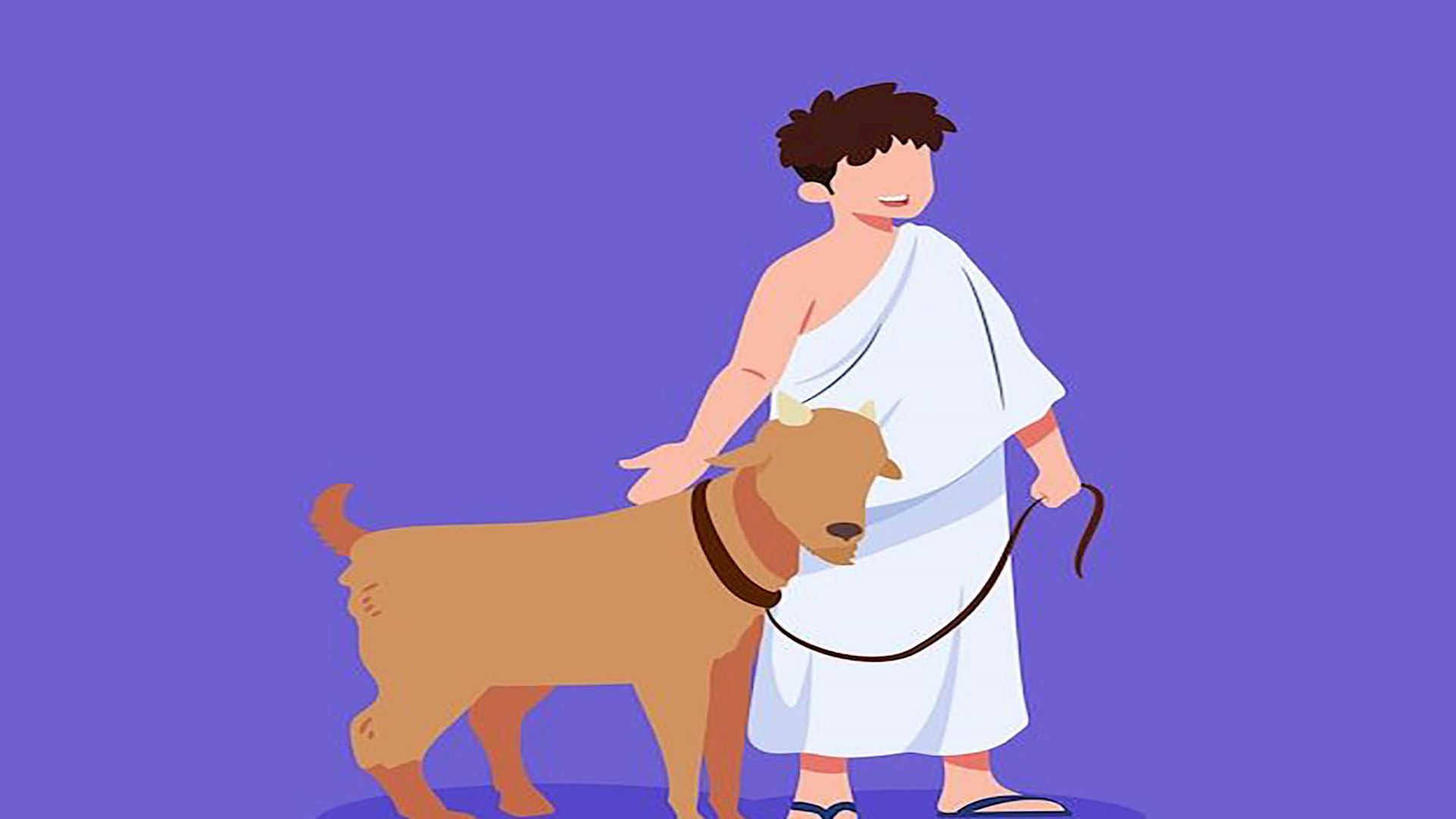
Qurbani and Eid al-Adha: Significance and Practices
Qurbani is the sacrifice all Muslims perform during Hajj 10th day of Dhul Hijjah and across the world. You can perform hady or qurbani on any of the 3 days of Eid al Adha.
Remember you can sacrifice as many animals as you wish- though the minimum is one- or one part of a larger animal- and it must be performed in Mecca.
The beloved Prophet Muhammad(PBUH) himself is reported to have sacrificed 63 camels when he performed Hajj. Jafar ibn Muhammad al-Sadiq I said:
…he then went to the place of sacrifice and sacrificed 63 (camels) with his own hand. Then he gave the remaining number to Ali I who sacrificed them and he shared his sacrifice with him. He then commanded that a piece of flesh from each sacrificial animal should be put in a pot. When it was cooked, both of them (the Prophet ﷺ and Ali I) took some meat out of it and drank its soup.
[Sahih Muslim]
You may eat part of your hady, give part of it as a gift to whomever you like, and distribute the rest among the poor of Makkah. As there is a large number of Qurbani that happen during Hajj- you might have a difficult time giving out the meat to the poor. In such a case you can consider donating your qurbani- other than the one Qurbani you are performing for hajj.
Where can you do Qurbani during Hajj?
The Prophet Muhammad(PBUH) said: ‘All of Mina is a place of sacrifice. Every mountain pass of Makkah is a thoroughfare and a place of sacrifice. All of Arafat is the place of standing, and all of Muzdalifah is a place of standing.’ [[Narrated in Sunan Abu Dawud]](LINK 1)
As per this hadith- Mina is the main ground for Qurbani during Hajj- but because it gets really crowded it can be performed within Mecca anywhere. But remember that your Hajj Qurbani cannot be performed outside of Mecca or in your home country. You do have 3 days to do Qurbani to utilize them as much as possible.
Many pilgrims perform their Qurbani near Masjid al-Haram, the holiest site in Islam.
Do you have to cut hair for Qurbani?
Yes, after giving the Qurbani and distributing the meat the next step is to shave or cut your hair. Both men and women have to cut their hair. While a woman is required to gather her hair and cut only a small amount from the end of it. Men usually have their heads shaved, as per the Sunnah of Prophet Muhammad(PBUH) but cutting them very small is also sufficient.
In Mina, there are places reserved for barbers near the Jamarat where you can have your hair shaved or cut. Women can cut their hair in their tents by themselves or with the help of other women or mahrams
What happens if you are unable to give Qurbani during Hajj?
If you cannot afford to do Qurbani, then you must fast instead while doing Hajj.
Allah(SWT) says:
فَمَنْ لَمْ يَجِدْ فَصِيَامُ ثَلاثَةِ أَيَّامٍ فِي الْحَجِّ وَسَبْعَةٍ إِذَا رَجَعْتُمْ تِلْكَ عَشَرَةٌ كَامِلَةٌ ❁
But if he cannot afford it, he should fast for three days during Hajj and seven days after you return (home), making ten days in all.
[2:196]
It is recommended to fast for three days before the 8th of Dhul Hijjah, as the Prophet(PBUH) indicated that the days beyond this point i.e. the days of Tashreeq are for eating. However, it’s permissible to fast on these days of Tasreeq if you forgot to earlier. And then fast for seven days when you arrive back home after Hajj.

What do you do after you fulfill your Qurbani and Rami obligations on the 10th of Dhul Hijjah?
After performing hady in Mina, you will go to Makkah to perform Tawaf al-Ifadha and circuit of Saai’ as part of your Hajj rituals.
Tawaf al-Ifada and Sa’i are obligatory parts of your hajj. You must perform the tawaf al-Ifadha and the Saai’ after the Rami, the Qurbani (sacrifice), and shaving (or trimming) of the head whichever day you end up doing your Qurbani.
After doing the tawaf and Sa'i you are open to engage in marital relations and are not bound by the rules of ihram.
You will, however, return to your tents in Mina and continue with the remaining rituals of Hajj for your Hajj is not complete yet. You still have two more days of Rami to perform. Tawaf al-Ifadah and Sa'i are considered righteous deeds, but this is not the end of your Hajj pilgrimage.
As the Tawaf area will be extremely crowded during Qurbani day, it is recommended to use the upper levels of the Haram or the roof or do the tawaf around midnight when it tends to be quieter.
During all this time making supplications and seeking forgiveness is increasing in good deeds. Apart from the day of Arafat, Qurbani and Rami are essential parts of the hajj without them you will not be able to complete your hajj.







